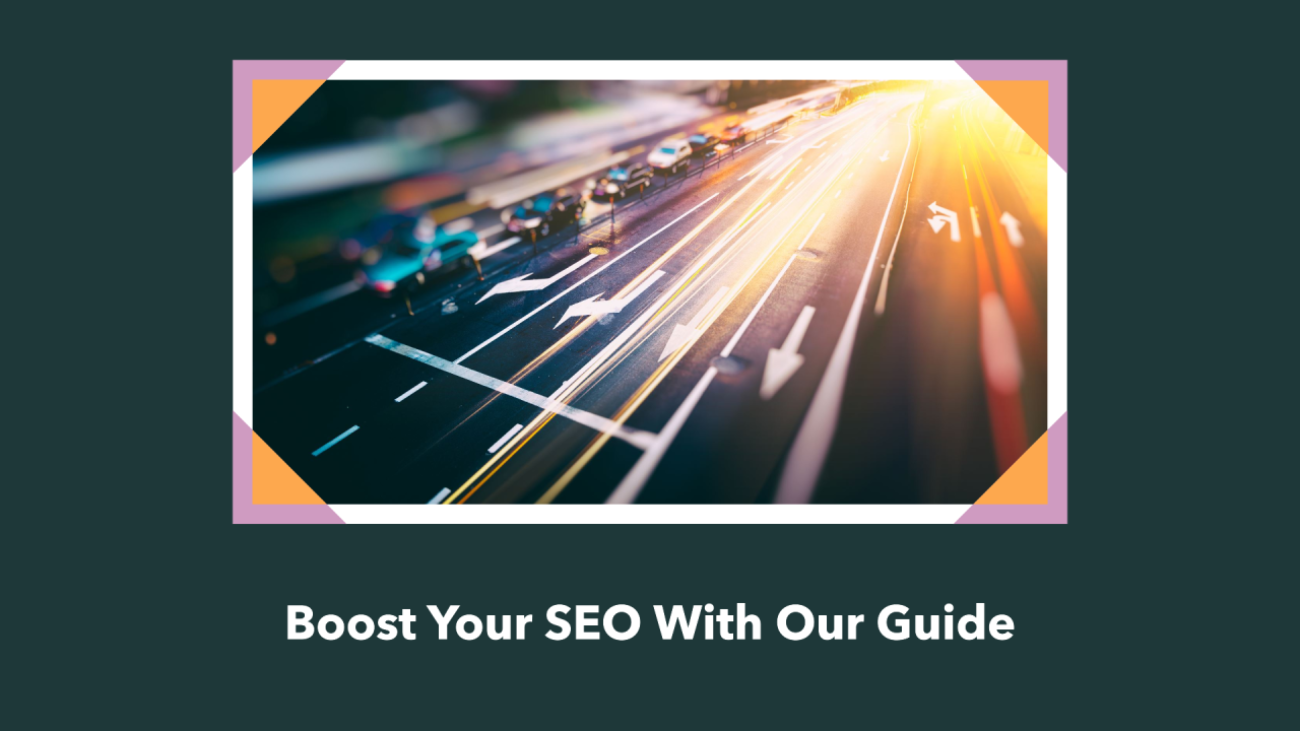So, you’ve got a brilliant website, but are you getting the traffic you deserve? The secret might lie in On-Page SEO. But what is On-Page SEO, and why should you care? Let’s break it down in simple terms!
What is On-Page SEO?
On-Page SEO is all about tweaking the stuff on your own website to help it rank better on search engines like Google. It’s not just about adding keywords; it’s about making sure your site is easy to understand and navigate for both search engines and people.
Here’s what On-Page SEO covers:
- Content Quality: How good and relevant your content is.
- HTML Elements: The bits of code behind your website.
- Site Structure: How your site is organised.
The Three Pillars of SEO
Google’s ranking system looks at three main things:
- On-Page SEO: Things you do on your own site to help search engines figure out and rank your content.
- Off-Page SEO: External factors like links from other websites and social media buzz.
- Technical SEO: Elements like how fast your site loads and whether it works well on mobile devices.
Understanding these helps you create a solid SEO plan.
Why On-Page SEO is Crucial
On-Page SEO is essential because it directly affects how well your website can be found and understood by search engines. It helps search engines know what your pages are about and ensures your site is user-friendly. Without good On-Page SEO, your fantastic site might not get the attention it deserves.
Key Elements of On-Page SEO
1. Content
- Keyword Research: Find out which words people are searching for and use these keywords in your content. Tools like Ahrefs or Google Keyword Planner can help with this.
- Visuals: Adding images, infographics, or videos makes your content more engaging. Make sure these visuals are optimised with descriptive names and tags so search engines can understand them.
- Page Titles: Your page title should include your main keyword and give a clear idea of what the page is about. Keep it under 60 characters so it doesn’t get cut off in search results.
- Headers: Use header tags like <h1>, <h2>, and <h3> to organise your content. The <h1> tag should have your main keyword and summarise the page, while <h2> and <h3> tags break up the content into easy-to-read sections.
- Meta Descriptions: Write a short, enticing summary of your page (under 160 characters) that includes your main keyword. This helps encourage people to click on your link.
- Image Alt-Text: Describe what’s in your images with alt text. This helps search engines understand the images and also improves accessibility for visually impaired users.
- Structured Data: Use schema markup to give search engines more information about your content. This can help your site stand out in search results with special features like rich snippets.
2. HTML Elements
- Page URLs: Keep URLs short and include relevant keywords. This makes it easier for both users and search engines to understand what the page is about.
- Internal Links: Link to other pages on your site. This helps visitors find more content and helps search engines understand the structure of your site.
- External Links: Link to reputable external sites to add credibility to your content and show that your information is well-researched.
3. Site Structure
- Mobile-Friendly Design: Make sure your site looks good and works well on mobile devices. More and more people are browsing the web on their phones, so this is crucial.
- Site Speed: A fast-loading site keeps visitors happy and reduces bounce rates. Use tools like Google PageSpeed Insights to check and improve your site’s speed.
On-Page SEO To-Do List
- Keyword in URL: Include your target keyword in the URL.
- Optimise Page Title: Add your keyword and keep it short.
- Use Headers: Organise content with headers and include keywords.
- Keyword-Rich Content: Naturally add keywords to your content.
- Add Visuals: Use engaging images and videos.
- Meta Description: Write a compelling description with your keyword.
- Optimise Image Alt-Text: Describe images with keyword-rich alt text.
- Internal Links: Link to other pages on your site.
- External Links: Include links to reputable external sites.
Managing On-Page SEO
- Crawl Your Website: Use tools to see which pages are indexed.
- SEO Audit: Review your pages and update them based on performance.
- Update URLs and Titles: Make sure everything is optimised.
- Track Keywords: Monitor how your keywords are performing.
- Update Content: Keep your content fresh and relevant.
- Optimise for Conversions: Make sure your site encourages visitors to take action.
By following these tips and regularly checking your site, you can improve your On-Page SEO, boost your search engine rankings, and attract more visitors.
